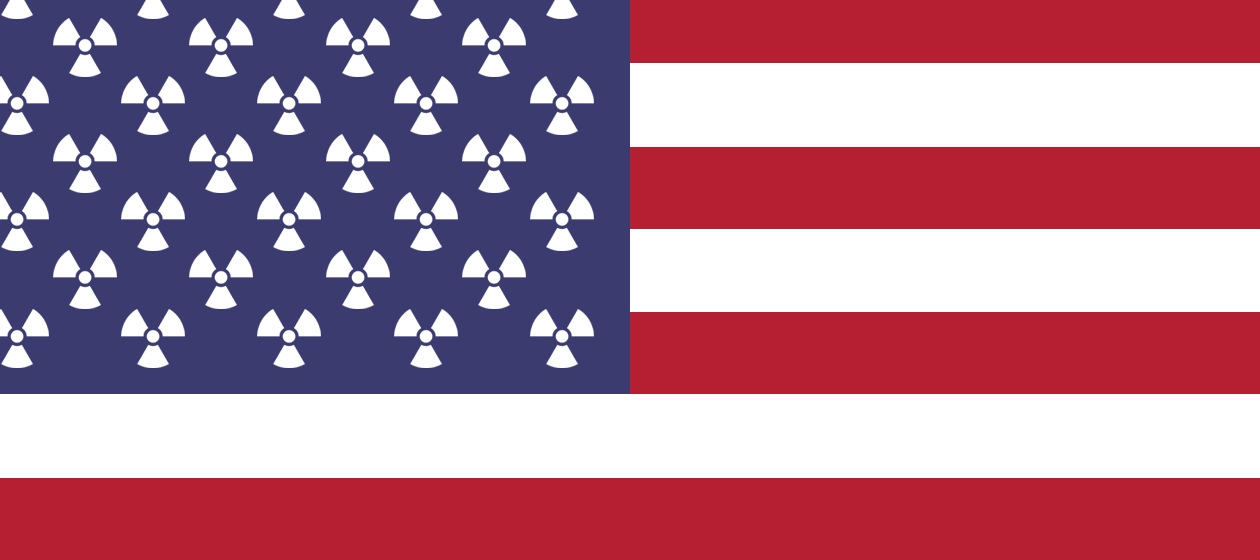Save America's nuclear power plants
We can't let so much zero-carbon power go


The United States still has the largest network of nuclear power plants in the world — bigger even than France, which gets about three-quarters of its power from nuclear. But the U.S. nuclear supply is shrinking fast. Plants constructed during the building spree in the 1960s and '70s are being retired as they reach the end of their planned operating lifespan, while they simultaneously come under powerful price pressure from natural gas and ever-cheaper renewables. Recently the utility FirstEnergy announced plans to shut down three nuclear power plants in Ohio and Pennsylvania, following an announcement from Exelon that it would close the Three Mile Island plant next year.
This is bad. Whatever you think of nuclear power, it is still the largest zero-carbon portion of our existing energy infrastructure. We should wring every last kilowatt out of that infrastructure until renewables (or perhaps future superior nuclear tech) are ready to take up the slack. Reducing carbon dioxide emissions should be an overriding goal for all energy policy.
Now, that is not to say that we should prioritize building new nuclear power plants. Contrary to the stereotype of nuclear being blocked by dimwitted environmentalists, the big problem with constructing nuclear power is that it is stupendously expensive and complicated, and American institutions — whether they're public or private — have developed severe problems with executing that type of project. Indeed, recent construction on a reactor in South Carolina got so over budget and behind schedule that it bankrupted the contractor Westinghouse and the whole thing was abandoned. (That's just one of many such stories.)
The Week
Escape your echo chamber. Get the facts behind the news, plus analysis from multiple perspectives.

Sign up for The Week's Free Newsletters
From our morning news briefing to a weekly Good News Newsletter, get the best of The Week delivered directly to your inbox.
From our morning news briefing to a weekly Good News Newsletter, get the best of The Week delivered directly to your inbox.
Additionally, the American nuclear industrial and regulatory framework could badly stand an overhaul. Nuclear technology has advanced considerably over the past 40 years, but the existing overall nuclear system of technology, plants, and regulators hasn't been changed much over that time. Nuclear reprocessing (taking spent nuclear fuel and running it through a procedure to extract more useable isotopes) is worth examining, as it would produce a lot of fuel and sharply cut high-level waste (which takes hundreds of thousands of years to decay into safe material) at the cost of a lot more low-level waste (which only takes hundreds of years). Most promisingly, advanced reactors using thorium and other materials are theoretically vastly superior to existing nuclear designs. It would probably take billions upon billions of dollars to spin up an entire industrial ecology, but if it works out, the payoff would be tremendous.
But all that is ancillary to the question of what to do with existing nuclear reactors. The truth, uncomfortable to some liberals and environmentalists, is that nuclear power is right now the most vital part of the American electrical grid. It's old, a bit rickety, and overpriced, but produces a huge amount of zero-carbon power — 805 terawatt-hours (TWh) in 2017, or about 20 percent of the total. Renewables still only make up 17 percent, and the plurality of that capacity is hydropower.
As David Roberts carefully explains, renewables are not in a position right now to take up the slack when a nuclear power plant is retired. Solar and wind are still in the liftoff stages of deployment, only accounting for 7.6 percent of total U.S. power generation, and are still not the cheapest way to produce huge quantities of power at speed. Instead, natural gas and a bit of coal are filling that gap. So when nuclear plants are retired, it means renewables have an even larger hill of fossil fuel power to climb.
We don't have time for that, because human society is at a hinge point in climate change. Carbon dioxide emissions are about 40 billion metric tons per year. At that rate, the total emission budget to have even a 2-in-3 chance of staying below 2 degrees Celsius of warming — the internationally agreed guardrail beyond which things start getting really bad — will be spent in only 18 years. (Indeed, many scientists argue that 2 degrees is actually a highly risky point and we should aim lower.) We should be smashing down emissions as fast as possible, by whatever means are closest to hand.
A free daily email with the biggest news stories of the day – and the best features from TheWeek.com
Letting gigantic zero-carbon power sources go — these four plants alone produce 40 TWh, or nearly four-fifths as much as all the utility-scale solar installations in the entire country — is simply wretched risk analysis. That's doubly true when the problem isn't that the plants are falling apart, it's that they're not competitive in these states' current energy markets. If they could get some credits for producing zero-carbon power — which they most certainly should on the merits, and indeed do so in New York state — they could almost certainly be kept going for another several decades.
It will probably be a different story in 20 or 30 years when renewables are going strong. But for now, lets keep these nuclear behemoths going.
Ryan Cooper is a national correspondent at TheWeek.com. His work has appeared in the Washington Monthly, The New Republic, and the Washington Post.
-
 Who is fuelling the flames of antisemitism in Australia?
Who is fuelling the flames of antisemitism in Australia?Today’s Big Question Deadly Bondi Beach attack the result of ‘permissive environment’ where warning signs were ‘too often left unchecked’
-
 Bulgaria is the latest government to fall amid mass protests
Bulgaria is the latest government to fall amid mass protestsThe Explainer The country’s prime minister resigned as part of the fallout
-
 Codeword: December 15, 2025
Codeword: December 15, 2025The daily codeword puzzle from The Week
